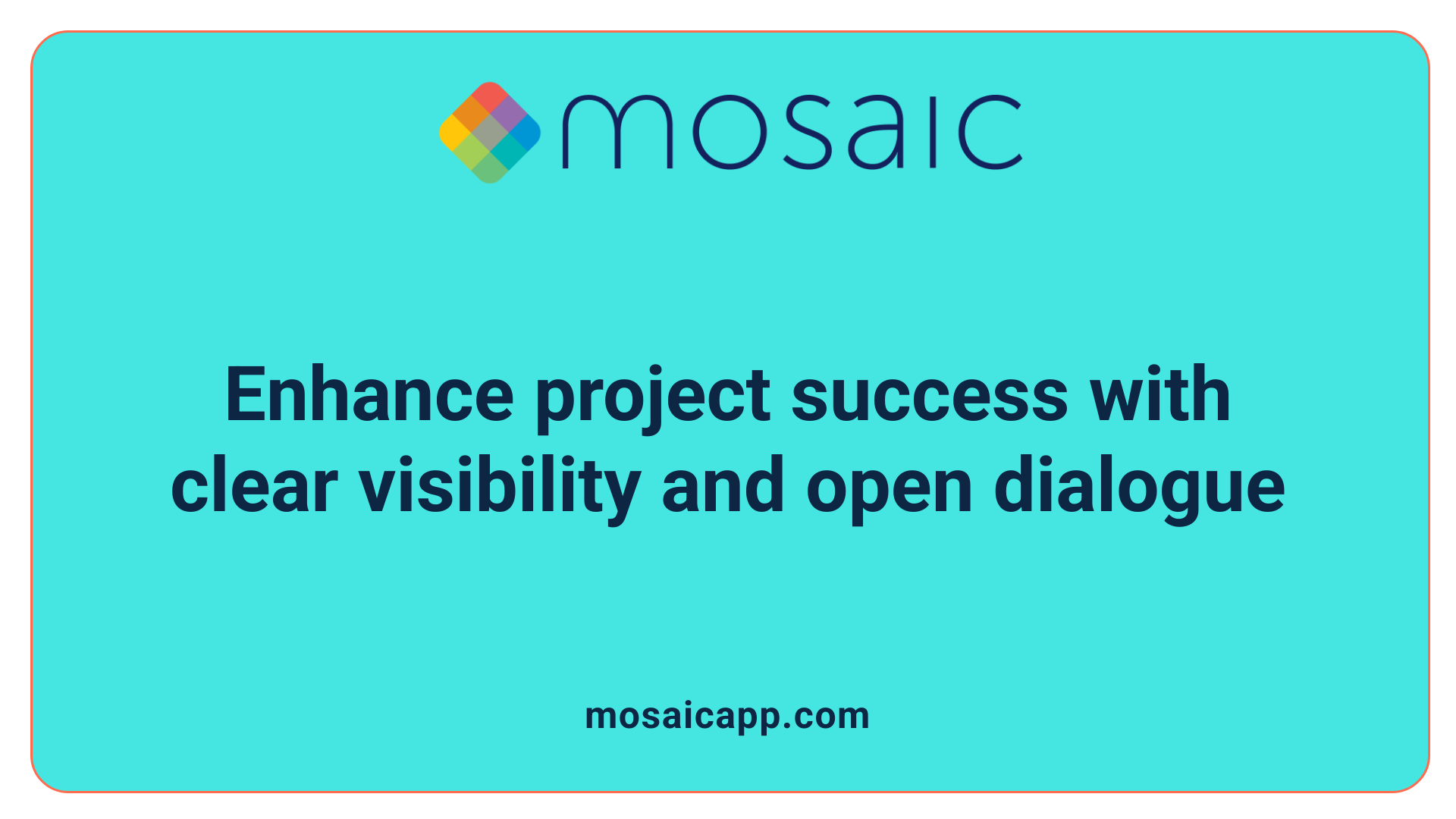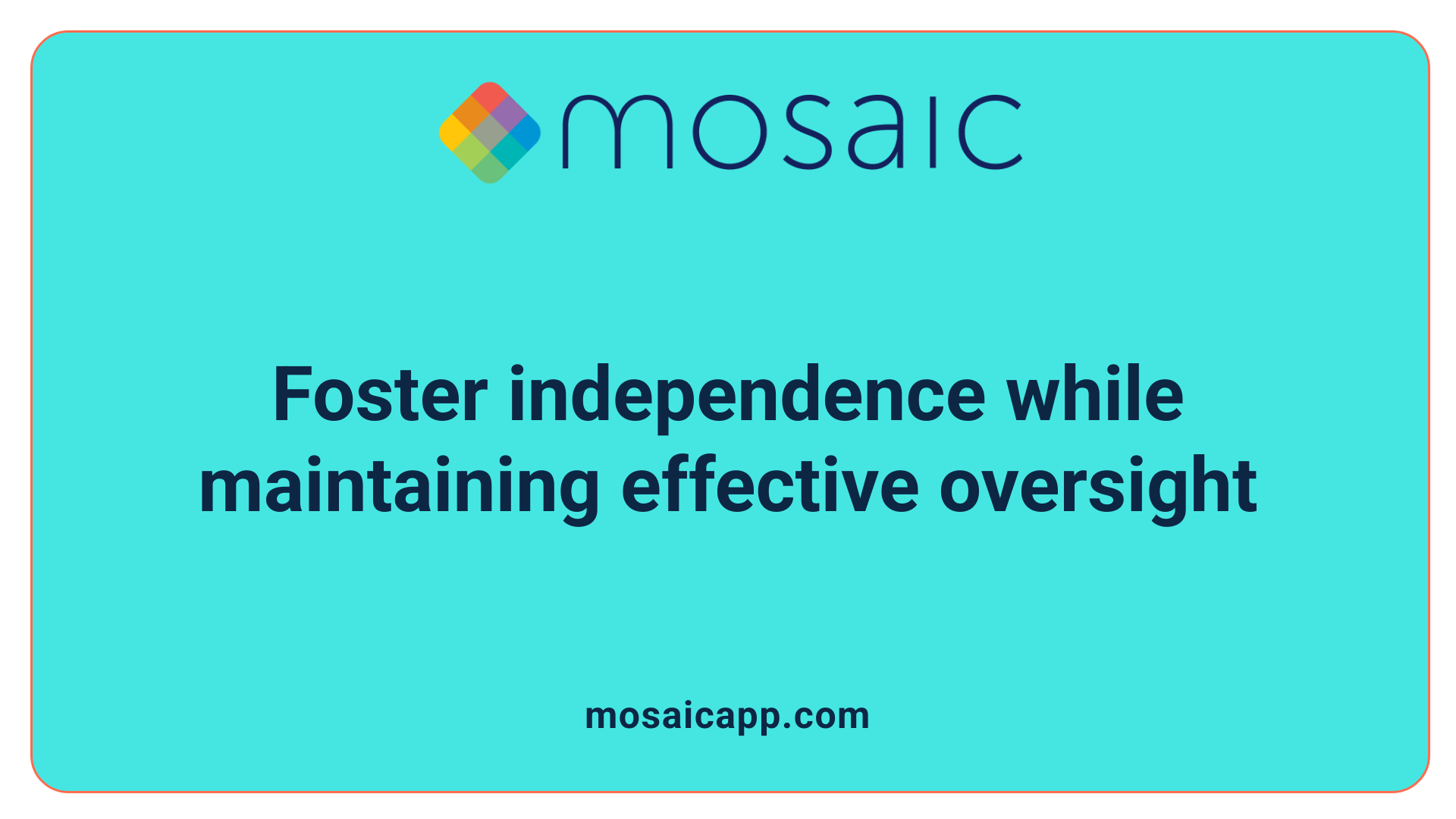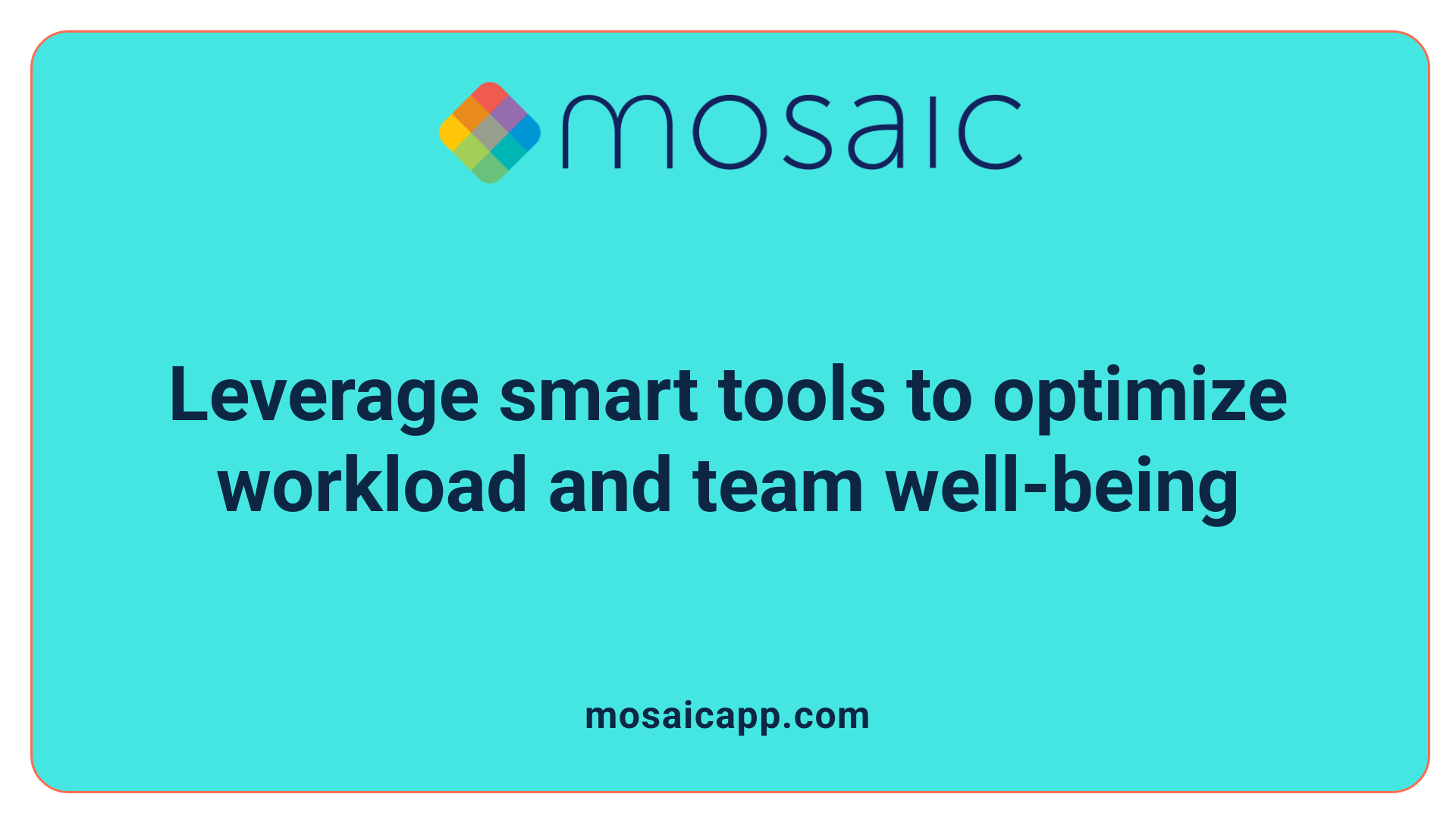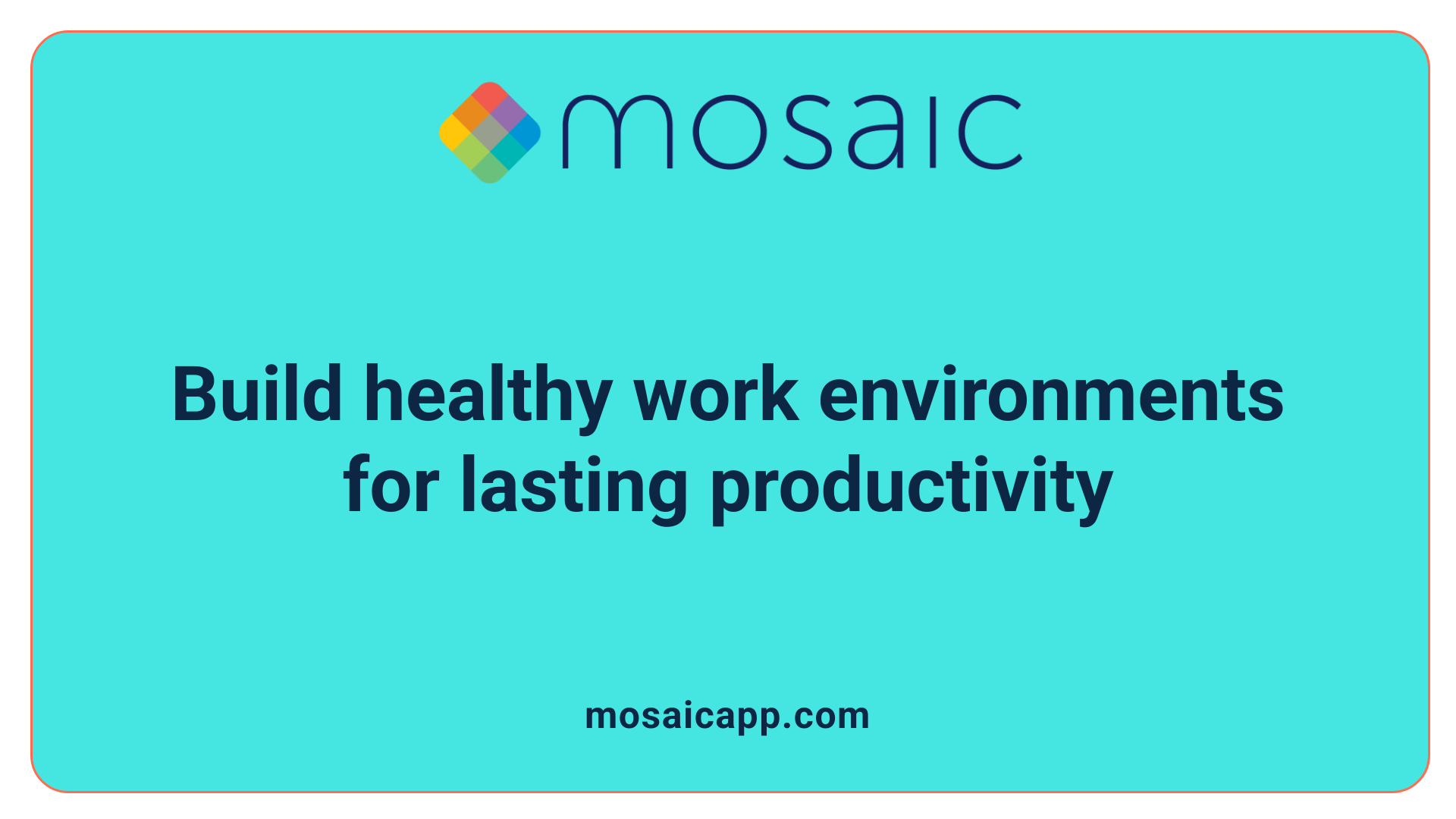Understanding the Balance Between Project Demands and Team Well-being
Managing the delicate balance between project requirements and team health is crucial for sustainable success. Leaders need effective frameworks to oversee workloads, foster resilience, and promote a culture that prevents burnout while ensuring productivity. This article explores practical strategies and expert insights to maintain this balance, emphasizing transparency, autonomy, and proactive support.
Effective Visibility and Communication for Project Oversight
 Maintaining clear visibility into team activities is essential for successful project management. Leaders need to understand which projects are on schedule, identify any delays, and monitor how resources are allocated. This observance allows for proactive problem solving and efficient resource utilization.
Maintaining clear visibility into team activities is essential for successful project management. Leaders need to understand which projects are on schedule, identify any delays, and monitor how resources are allocated. This observance allows for proactive problem solving and efficient resource utilization.
To streamline oversight, many teams adopt visibility grids. These tools categorize projects based on the level of detail required and how frequently updates are needed. For projects needing high detail and frequent updates, regular reports and check-ins are vital. Conversely, projects with lower complexity may only require notifications on major milestones or issues.
Balancing oversight with team autonomy is crucial to prevent micromanagement. Setting clear communication parameters—such as preferred channels, frequency, and types of updates—helps maintain this balance. Leaders should also adapt their oversight methods based on individual team members’ performance and the project phase. This flexible approach ensures managers provide enough support without undermining team trust and independence.
Effective project oversight is not solely about monitoring but also fostering open communication. Regularly reviewing workload and project status helps identify bottlenecks early, enabling timely adjustments. Implementing tools that allow real-time tracking and updates enhances responsiveness. Transparent and consistent communication creates a supportive environment that encourages transparency and accountability.
By combining structured visibility strategies with open dialogue, leaders can better manage projects and prevent team burnout. Proactively addressing workload issues and clearly defining project scopes through tools like Work Breakdown Structures (WBS) ensures that tasks are realistic and achievable. Such practices boost team engagement, improve work quality, and help meet deadlines.
Balancing Oversight and Autonomy for Healthy Teams
 Leaders need to find the right level of oversight to keep projects on track while supporting their team members' independence. Using a visibility grid, managers can categorize projects based on how much detail and communication frequency are needed. High-detail projects that require frequent updates benefit from regular reports and check-ins, while lower-detail projects might only need notifications about major milestones. This tailored approach prevents micromanagement and helps teams stay engaged without feeling overwhelmed.
Leaders need to find the right level of oversight to keep projects on track while supporting their team members' independence. Using a visibility grid, managers can categorize projects based on how much detail and communication frequency are needed. High-detail projects that require frequent updates benefit from regular reports and check-ins, while lower-detail projects might only need notifications about major milestones. This tailored approach prevents micromanagement and helps teams stay engaged without feeling overwhelmed.
Setting clear communication parameters is essential. Leaders should clarify expectations about updates, deadlines, and available channels. Adjusting oversight based on individual team members' performance and project maturity ensures that supervision remains effective and appropriate over time.
Supporting team well-being is equally important. Managers can foster a positive culture by promoting open conversations about work-life balance, encouraging breaks, and providing mental health resources. Implementing flexible schedules and recognizing individual preferences helps prevent burnout and preserves team resilience.
To bolster workload management, organizations should utilize resource planning tools with time tracking. These tools reveal actual efforts and help in distributing tasks fairly to avoid overload. Building buffer times into project timelines and assigning tasks aligned with team members' skills and interests enhances productivity and morale.
Leading by example—sharing personal stories about balance, scheduling vacations, and maintaining healthy boundaries—sets a standard for a supportive environment. Regular check-ins and proactive adjustments ensure workloads are manageable and projects stay on track, promoting both productivity and team well-being.
In summary, a balanced approach that combines targeted oversight with support for mental health fosters a resilient, motivated, and high-performing team. Leveraging planning tools, clear communication strategies, and supportive leadership behaviors creates an environment where teams thrive amid demands.
Using Resources and Technologies for Workload Balance
 Maintaining a balanced workload across a team is essential for sustainable productivity and well-being. Leaders can leverage various tools and strategies to oversee task distribution effectively without falling into micromanagement.
Maintaining a balanced workload across a team is essential for sustainable productivity and well-being. Leaders can leverage various tools and strategies to oversee task distribution effectively without falling into micromanagement.
One of the foundational steps is selecting appropriate resource management software. These tools help leaders gain visibility into team capacity, current workload distribution, and potential bottlenecks. For example, resource planning solutions often include dashboards that display real-time data on who is working on what and how workload levels fluctuate.
In addition, time tracking tools play a vital role. They provide insights into actual effort and time spent on different tasks, enabling managers to make informed decisions about reallocating resources or adjusting project timelines. Such transparency supports workload adjustments before team members become overwhelmed.
Automation and task batching are also powerful techniques. Automating repetitive tasks — through tools like Zapier or custom scripts — reduces errors and frees up team capacity. Meanwhile, batching similar tasks into dedicated time blocks improves focus and efficiency, ultimately helping to sustain team health.
How can managers effectively oversee team tasks without micromanaging and still maintain team health?
To strike this balance, managers should set clear goals and expectations, defining milestones that serve as benchmarks rather than daily micromanagement checkpoints. They should foster autonomy by trusting team members to execute their responsibilities, while maintaining oversight aligned with individual needs and project complexity. Regular check-ins and open communication channels, combined with strategic use of technology such as visibility grids and project dashboards, help managers monitor progress without intruding on daily workflows.
What practical steps can streamline project planning and sustainability?
Establishing clear sustainability goals and incorporating them into project planning is critical. Building diverse, cross-functional teams promotes innovation and adaptability. Regularly reviewing roles and KPIs keeps the team agile, while embedding eco-friendly practices into daily operations—such as energy efficiency or waste reduction—supports broader sustainability objectives.
By leveraging resource management tools, setting intentional work routines like time-blocking, and automating repetitive tasks, leaders create an efficient environment. This focus not only balances workloads but also promotes long-term team engagement and project success.
Below is an overview table summarizing these approaches:
| Strategy | Tool/Method | Benefit | Additional Detail |
|---|---|---|---|
| Resource Monitoring | Resource management software | Clear visibility into workload | Includes dashboards and capacity visualization |
| Tracking Effort | Time tracking tools | Accurate effort measurement | Provides data for workload balancing |
| Automating Tasks | Automation platforms | Reduce errors, save time | Examples include Zapier, custom scripts |
| Structuring Work | Time-blocking | Improves focus, duty segmentation | Designated periods for specific tasks |
| Workload Adjustment | Regular review meetings | Prevents burnout, enables flexibility | Use adaptive strategies based on performance |
Balancing team workload with smart resource management not only supports productivity but also fosters a healthier, more sustainable work environment for all team members.
Best Practices for Creating Sustainable Workspaces

What are the best practices for creating sustainable work environments and promoting work-life balance?
Building a sustainable work environment involves intentional strategies that protect employee well-being and foster productivity. One fundamental practice is establishing clear boundaries around work hours. This helps prevent overworking and ensures that team members can disconnect after hours, reducing stress and burnout.
Encouraging regular breaks and offering flexible work arrangements also play a vital role. Flexible schedules, remote work options, and the possibility of adjusting work hours enable employees to better balance personal responsibilities and work demands. Research shows that flexibility leads to higher engagement and decreases fatigue.
Leadership behavior greatly influences organizational culture. Managers should model healthy behaviors, such as respecting personal time, taking breaks, and communicating openly about workloads. This sets a standard and encourages team members to prioritize self-care.
Creating a culture of autonomy enhances motivation, with leaders providing support and recognition rather than micromanaging. Open lines of communication help employees feel heard and valued, promoting emotional well-being.
Implementing health and mental health programs, along with promoting disconnecting from technology during personal time, addresses mental health concerns. Offering resources like counseling and stress management workshops empowers teams to handle challenges effectively.
Supporting social connections among colleagues fosters a sense of community, which can buffer against stress and isolation. Activities that build team cohesion contribute positively to mental health.
In summary, promoting work-life balance involves policies such as clear boundaries, flexible schedules, leadership modeling healthy habits, and a supportive organizational culture. These practices increase engagement, improve productivity, and ensure the long-term sustainability of the workforce.
Implementing Organizational Culture for Sustainable Success
How can leaders maintain visibility into their team's work without overstepping?
Effective oversight requires a balanced approach. Leaders should have clear insights into project statuses—knowing which initiatives are on track, which deadlines are at risk, and where resources are allocated. To achieve this, many organizations implement tools like visibility grids, which categorize projects based on the level of detail needed and the frequency of communication.
For projects requiring high detail and frequent updates, regular reports, check-ins, and real-time tracking are essential. Conversely, for projects that are stable or less complex, notifications about major milestones or issues may suffice. Setting clear communication parameters with the team helps avoid micromanagement while ensuring leaders are adequately informed.
Adjusting oversight based on a team member’s performance and the project's maturity is key. An adaptable approach allows leaders to provide more guidance during early stages or challenging periods and to step back as teams become more autonomous.
Fostering Long-term Sustainability and Well-being in Teams
Balancing the demands of projects with the health of team members requires proactive, adaptable strategies rooted in transparency, support, and clear communication. Leaders should leverage tools and frameworks to monitor workloads, promote autonomy, and create an organizational culture that prioritizes well-being. Encouraging organizational practices such as flexible scheduling, mental health resources, and recognition programs cultivate resilience and motivation. By integrating these approaches, organizations can prevent burnout, boost morale, and sustain high performance over the long term, creating a thriving environment where both people and projects flourish.
References
- How to Stay on Top of Your Team's Projects—Without ...
- 5 Strategies for Effective Team Workload Management
- 9 Workload Management Strategies to Balance Team ...
- 3 Leaders Empowering Their Teams to Embrace Work-Life ...
- Team Burnout: 9 Ways Project Managers Can Prevent It
- 20 signs of an overworked employee
- 5 Signs of Burnout in the Workplace and How To Prevent Them
- Job burnout: How to spot it and take action
- Employee Burnout Signs: What to Watch For and How ...
- 6 Strategies for preventing employee burnout before it starts


